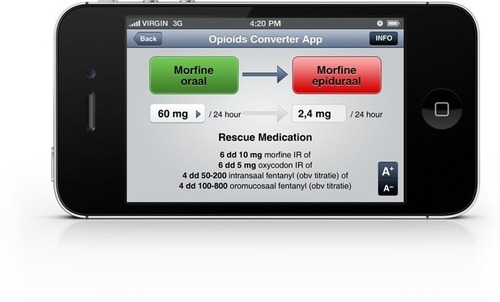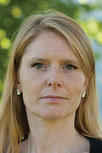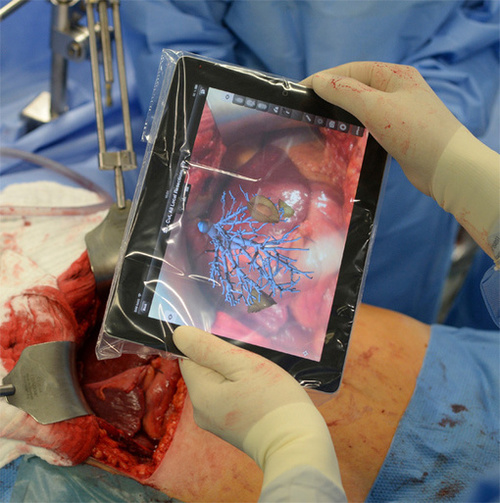Cancer treatment is a very complex and painful process demanding the highest level of accuracy from both physician and patient. And it is also an area where mobile technology can assist with treatment.
migrate2mobile is a company supporting their clients to go mobile with their existing products and information. They published a summary of benefits mobile applications can have for cancer patients. While some of these are really supportive (e.g. symptom tracking), others seem to be rather constructed- or which patient really needs to do blood count tracking or units conversion? Still, they list some classical examples where mhealth is useful for both, patients and doctors.
See on migrate2mobile.com






